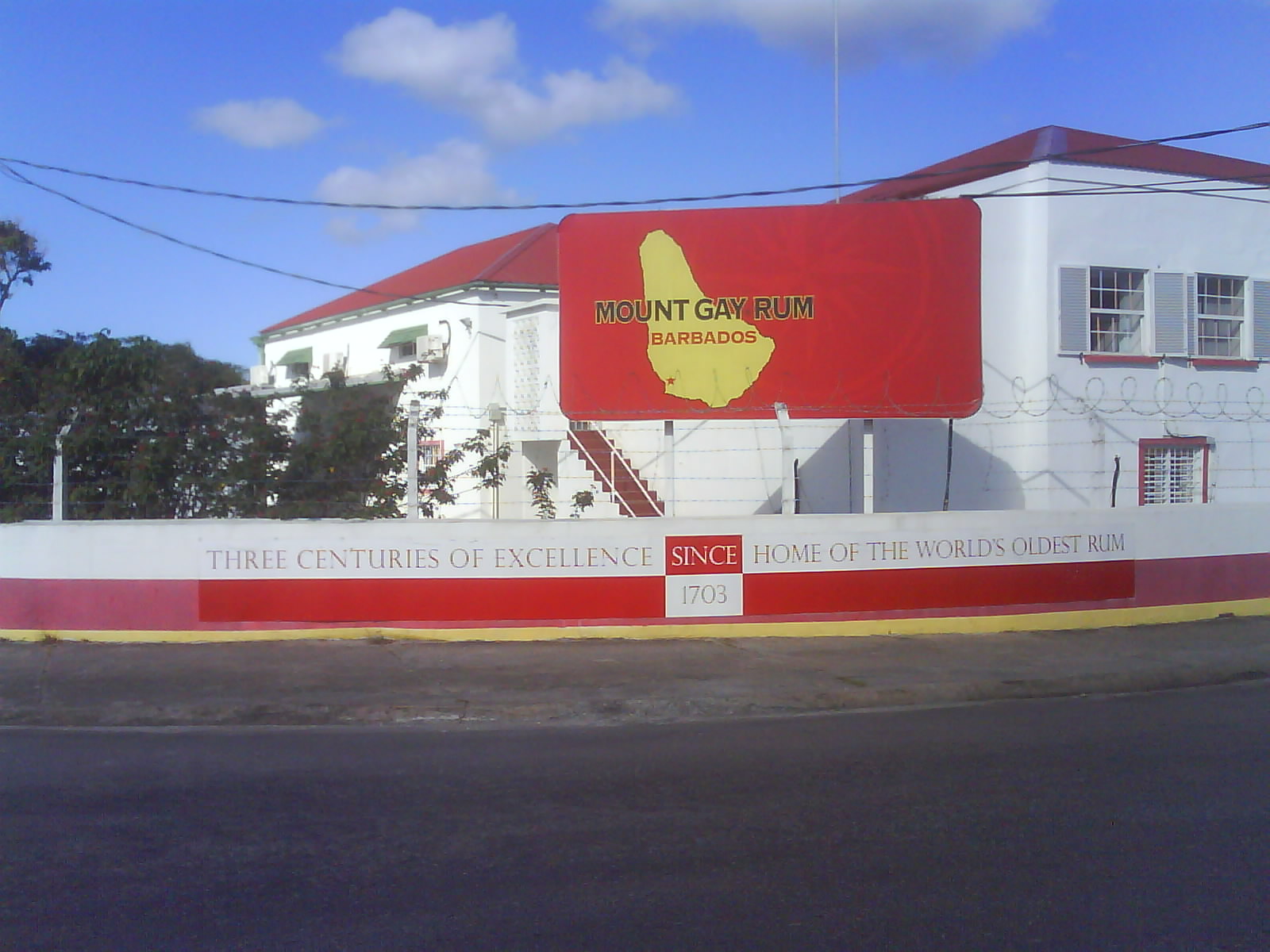Getting to Know Barbados – St Lucy Parish

Quiet, unspoilt and breathtakingly beautiful, St. Lucy is Barbados’ most northerly and undeveloped parish. Visiting here is like going back to a time before the tourism industry arrived. In this sense, it’s an opportunity to see the real Barbados and there are some fascinating places to go. Here we’ll look at some of the more interesting ones.
Animal Flower Cave
St Lucy is the home of the oddly named Animal Flower Cave, the island’s only accessible sea cave. The name comes from the sea anemones that live in the cave’s sea-filled pools; they look like beautiful flowers but are, in fact, animals. It is possible to get up close to the anemones and watch them open and close. Another interesting feature to watch out for is the floor of the cave. Made from coral and over half a million year’s old, when struck by sunlight, it casts magical reflections on the cave walls.
The Animal Flower Cave offers one of Barbados’ most sought-after selfie opportunities, where you can snap yourself framed by the cave’s mouth with the blue sky and magnificent ocean behind.
Harrison’s Point Lighthouse
For stunning views, you should go to Harrison’s Point lighthouse. It was the last lighthouse to be erected in Barbados, in 1925, and although no longer in use can still be climbed. At 85 feet high, it offers magnificent views of the north and west coastlines. Nearby, there are also some disused prison blocks to explore, complete with holding cages.
Mount Gay Distillery
Rum was invented in Barbados and it is still one of the world’s main producers. At 300 year’s old, Mount Gay is the oldest distillery in existence and has a legendary reputation on the island. The company has a purpose-built visitors’ centre near Bridgetown where you can go on rum tasting experiences. The hub of its operations, however, take place in St Lucy. Here you will find both its distillery and the original plantation where it grew the cane needed to make the rum.
Maycock’s Bay
Maycock’s Bay is a remote beach on the northwest coast of St Lucy. You can only access the beach by foot as the steep, rugged track that leads to it isn’t suitable for vehicles. However, the effort is well worth it as the palm-fringed sands are beautiful, especially with their background of rugged cliffs and lush vegetation. And there are some outstanding cliff-top views to be had here, too.
However, as this is where the Caribbean meets the wilder Atlantic Ocean, the sea here can be rough with dangerous undercurrents and large waves, so swimming isn’t advised. If that’s not enough to keep you out of the water, then the fact that the bay is also frequently visited by sharks might be another incentive!
Instead of taking a dip, why not explore the nearby ruins of Maycock’s Fort, a former British colonial building. Local tradition has it that there is hidden treasure buried somewhere near the fort – which is not an impossibility considering the island was home to several famous pirates during the 17th and 18th centuries. Today, it is used as a geocaching site – so if you don’t find gold, there are more modern treasures to find.
River Bay
On the east coast of St Lucy, you’ll find the secluded River Bay – one of the few bays on the island containing the mouth of a river. This is an ideal picnic spot, where you can eat beneath a shady pine and watch the river wend its weary way to the ocean.
One of the highlights of River Bay is climbing up to the cliffs from where you can watch the spectacle of the huge Atlantic waves crashing into the cliff walls below and shooting up enormous plumes of white spray high into the air.
St Lucy’s Parish Church
St Lucy’s Parish Church is situated in the small town of Fairfield. A church has stood on this site since 1627, however, the three previous constructions were all destroyed by hurricanes. The current, Georgian inspired building was erected in 1837 and features a magnificent barrelled ceiling, a delightful gallery which wraps around the sides of the church and a turreted bell tower which, in Georgian tradition, is placed at the main entrance. You’ll also find a marble font, made in 1747; one of the few features to survive the hurricane which destroyed the last church.
Summing up
If you want to see what Barbados is like away from the tourist areas, St Lucy is your destination. Its rugged coastline and roaring seas mean that it’s not a place to build hotels and resorts. Here, you’ll find a much different place, small rural villages, quiet yet magnificent bays and stunning panoramas from the cliff tops.
If you are looking for luxury accommodation during your stay in Barbados, take a look at the exclusive villas and apartments here at Royal Westmoreland.
